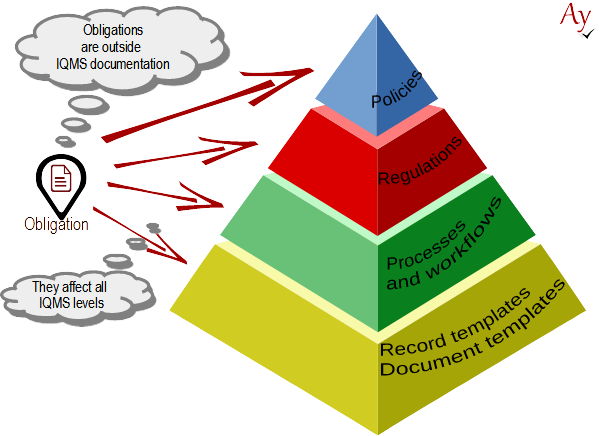AyMINE – Technical documentation
Modules
Integration with ERP Abra Gen
 Task, project & quality management
Task, project & quality management
Manager approval with the task report
Why some data can't be deleted
GDPR and record of qualifications
Qualification of user or contact
Right to Manage Qualifications
Adminitration of areas, projects, calendars
Failure Analysis for an Individual Property of a Component or Process
FMEA – Probability of Detection
FMEA – Probability of Occurrence
 Task, project & quality management
Task, project & quality management
Administration of the Task Management Module
System rights for the task management module
Improvements and Preventive Measures
Methodology and Quality Management systems
What makes up the methodology / SMJ
Problems, tickets and their management
Collaborative Resolution of Multiple Problems
Customer Service Response Generation
Incident and Quality Issue Management
Objects affected by the problem
Problems, Incidents, Helpdesk Tickets
Return project plan by baseline
Sample tasks and methodologies of the area
Effect of the task on the right to modify the attached object
The person responsible for the task
Working procedure – task definition
Management of responsibilities - RACI Matrix
Objects related to the task pattern
 Contacts and directories module (CRM)
Contacts and directories module (CRM)
Address book list and management
Directory or people and companies
Order overview for customer groups
 Contacts and directories module (CRM)
Contacts and directories module (CRM)
System Permissions and CRM Module Settings
Send bulk messages in compliance with GDPR
How to correctly forget a person's details
Unsubscribe and set preferences
for bulk mail
 Web management and automation
Web management and automation
Receiving a message from the web
Human resources
Personalistics – User Permissions and roles
Human Resources module security
Manage department / division data
Overview of Personnel Information for pracov# Employment Contract
Synchronizing staff and system users
 Products, assets and sales
Products, assets and sales
Creating and processing orders
Manage the Property & Business module
Why are the Quality criteria usefull
Managing Finance
Metrics and Measurements
Work summaries from generated data
Technical Modules
Sabre plugin module
Enterprise Architect connector
Database link to Enterprise Architect database
Enterprise Architect connector
System Modules
 The AyMINE Framework Module
The AyMINE Framework Module
AyMINE — Tips for Mobile Usage
Configure how your system looks and works
Gestures and Keyboard Shortcuts
More about how the system works
Private notes and tags for objects
Overview of Modules and Record Types
Obligation
Obligation expresses in general any external instruction that determines what a company should do and comply with.
Typical examples of obligations are:
- Laws – e.g. GDPR, Labour Code
- Standards – e.g. ISO 26262, ISO 27000
- Lawful regulations – e.g. Accounting Code
- Industry standards
- Social contract with trade unions
- Company charters
- General meeting decision
- Owner's decision – typically corporate standards
Common features of obligations are that:
- They are external
- They are internally accepted by the company but not directly influenced by it
- All internal directives, rules and procedures should follow their regulations.
Obligations as part of methodology
Obligations in the truest sense are not part of the internal quality system. The internal system should be made up of policies and directives that translate obligations into internal practice.
AyMINE has obligations as part of methodology; with the quality system being the most common case and example of methodology. The main reason for including obligations in methodologies is that most of the time obligations are transferred within one methodology, and it is important to know which obligations are "covered" by the system.
AyMINE supports multiple methodologies
You can have multiple methodologies in AyMINE, and there may be a situation where the same obligation is reflected in multiple methodologies. Never re-enter an obligation into the system, AyMINE allows for a better solution. In principle, there are two solutions – either a separate methodology or an inclusion in an existing one.
Create a separate methodology only for obligations
If there are multiple obligations shared between methodologies, the most appropriate solution is to separate them from the methodology into a separate area – the methodology with obligations.
Obligations will not be displayed on the working area of the methodologies, but it is also possible to create links between directives and obligations. By not displaying any obligations in the methodology, it will be obvious at first glance that they are elsewhere.
Include an obligation in the methodology that is the solution most
If situations are dealt with where an obligation is in principle reflected by one methodology, but is taken into account somewhere, for example, by a directive from another methodology, the obligation can be further specified within the methodology that primarily deals with it.
Directives can be linked to obligations from any methodology, so it is not a problem to use obligations from other methodologies as well.
